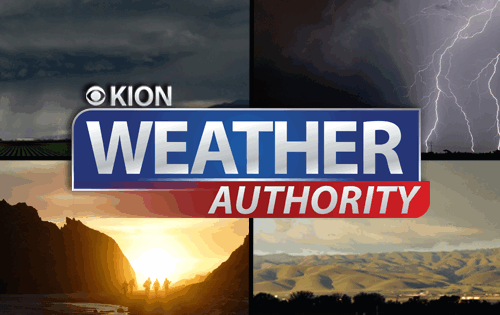Southern governors declare states of emergency ahead of winter storm
By Allison Chinchar, CNN Meteorologist, and Alanne Orjoux
A massive system that’s dumping several inches of snow on the central US is expected to move toward the southeast later Saturday, prompting the governors of Georgia, North Carolina, South Carolina and Virginia to declare emergencies ahead of a crippling ice and snow event.
More than 65 million people in the affected areas are under winter weather alerts, the National Weather Service said.
“A strong developing storm over the Lower Mississippi Valley will move eastward to the Southeast by Sunday morning, then head northeastward to the northern mid-Atlantic by Monday,” the National Weather Service Prediction Center said early Saturday.
Heavy snow is predicted by early Sunday over parts of the Central/Southern Appalachians and the Mid-Atlantic region, the NWS said.
Rain, snow, sleet, and freezing rain — or a combination of all of those — will make travel difficult over the three-day holiday weekend in the affected areas.
Bookmark this site to check if snow is forecast for your region
A swath of 8 to 12 inches of snow was recorded across portions of North Dakota on Friday.
From there, the system dove deeper south, heading into Missouri, Arkansas and Kansas.
“How fast surface temperatures fall below freezing, and therefore, how fast rain changes to snow will play a big role in determining just how much snow accumulates,” said the NWS office in Topeka, Kansas.
Southeast may get a mix of everything
For a lot of the Southeast, this system will begin in the form of rain on Saturday.
As the temperatures drop, that rain will change into freezing rain, sleet and eventually snow for many locations.
States of emergency were declared by governors in Georgia, North Carolina, South Carolina and Virginia, allowing assets and resources to be positioned ahead of the storm’s arrival.
Georgia Gov. Brian Kemp ordered the state Department of Defense to prepare 1,000 National Guard troops to assist in the response to the storm.
In South Carolina, Gov. Henry McMaster urged residents to monitor local weather forecasts and take precautions.
Forecasting winter weather in the Southeast is never easy, as timing often comes down to the wire.
“These different types of wintry precipitation are very sensitive to small changes,” said Kyle Thiem, a meteorologist at the NWS office in Atlanta. “A change of just a degree or two can mean the difference from relatively harmless rainfall to very impactful ice and snow accumulations.”
However, it is the slow forward speed of this system that provides the setup for a crippling ice storm that could knock out power to millions.
The Carolinas will be the region most likely to experience the ice, with cities like Charlotte and Columbia potentially seeing as much as a half-inch of ice, which, along with strong winds, will bring down trees and power lines.
An ice storm warning was issued for portions of South Carolina ahead of this system and is in effect from late Saturday night through Sunday night.
“Significant amounts of ice accumulations will make travel dangerous or impossible. Travel is strongly discouraged,” according to the NWS office in Greenville, South Carolina.
The NWS is warning that ice accumulations will become very dangerous along and east of I-85 including Spartanburg, South Carolina, all the way up to Salisbury, North Carolina. This includes the entire metro Charlotte area.
In the southern Appalachian Mountains, the snow totals will go up as quickly as the elevation does. Asheville, North Carolina, for example, is forecast to pick up 8-12 inches, but could reach 20 inches at elevations above 4000 feet.
Mid-Atlantic and Northeast
The storm will turn to the East Coast on Sunday and Monday, with heavy snow of more than a foot expected in some locations.
Some snow will fall in the major metro areas of Washington, DC, Philadelphia, New York and Boston, but a change to rain will hold down the accumulations.
“At this time, the most likely scenario is a heavy burst of snow on the front end for most, as the storm moves into the region Sunday afternoon, followed by ice during the evening and plain rain possibly for areas near and east of I-95,” the NWS office in Baltimore said Friday morning. “At this time, icing is not expected to reach our far western zones, where the heaviest snow of a foot or more is possible.”
Interior cities such as Charleston, Pittsburgh, Buffalo, Syracuse and Burlington, Vermont, will see the heaviest snow.
What helps the Northeast is that long before the bulk of the snow arrives, very cold air and dangerous wind chills will be in place.
Wind chill alerts are in effect for over 20 million people Friday and Saturday, as feels-like temperatures could drop as low as 40 to 45 below zero across much of interior New England.
“The dangerously cold wind chills could cause frostbite on exposed skin in as little as 10 minutes,” the NWS warned.
The-CNN-Wire
™ & © 2022 Cable News Network, Inc., a WarnerMedia Company. All rights reserved.
CNN Meteorologists Chad Myers, Dave Hennen, Monica Garrett, and Haley Brink contributed to this story



